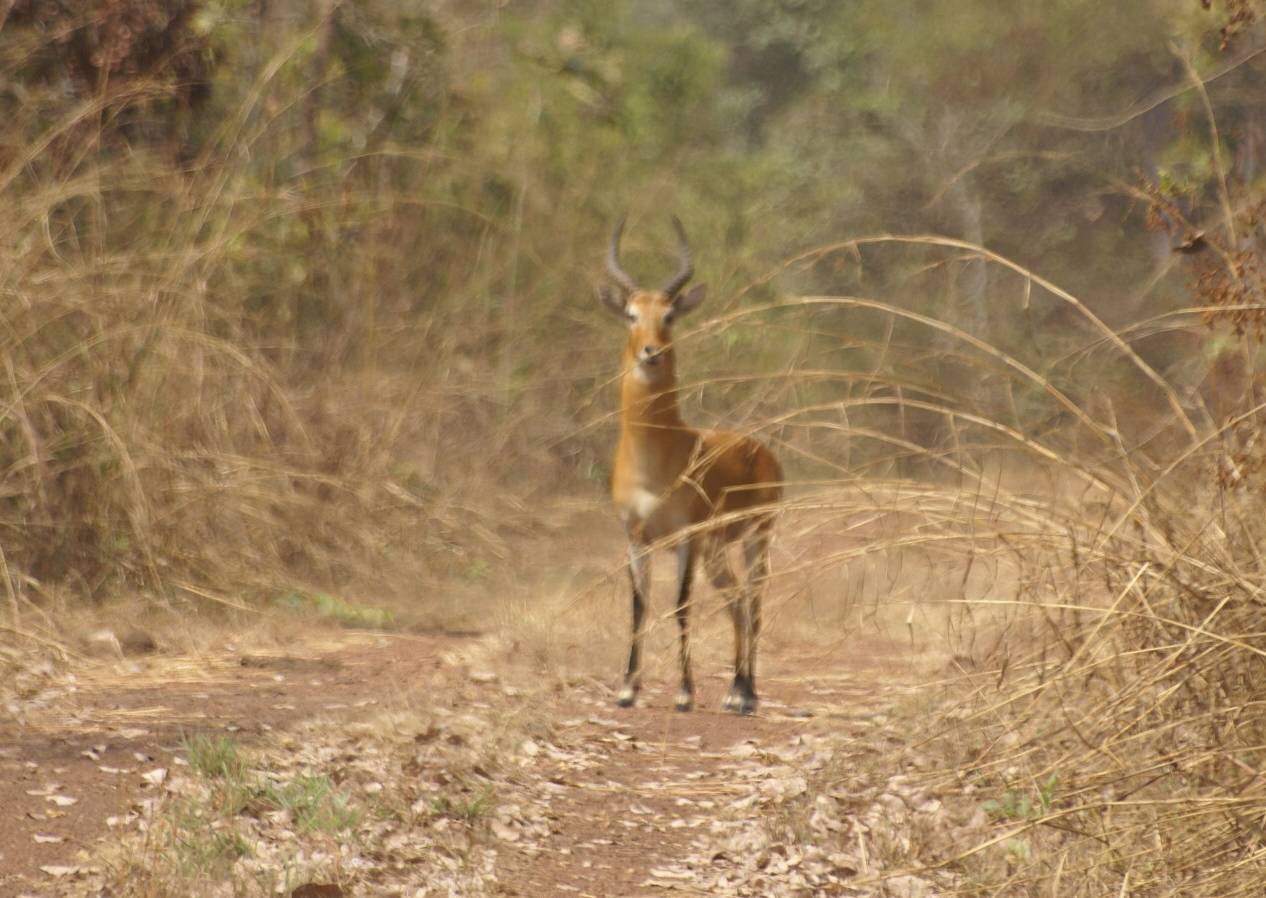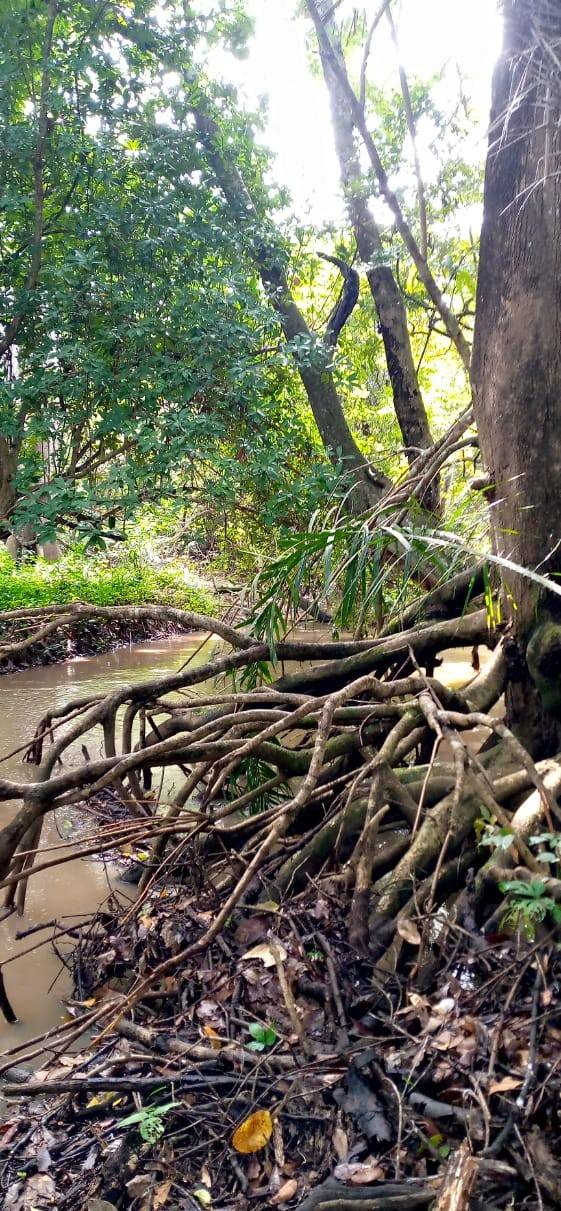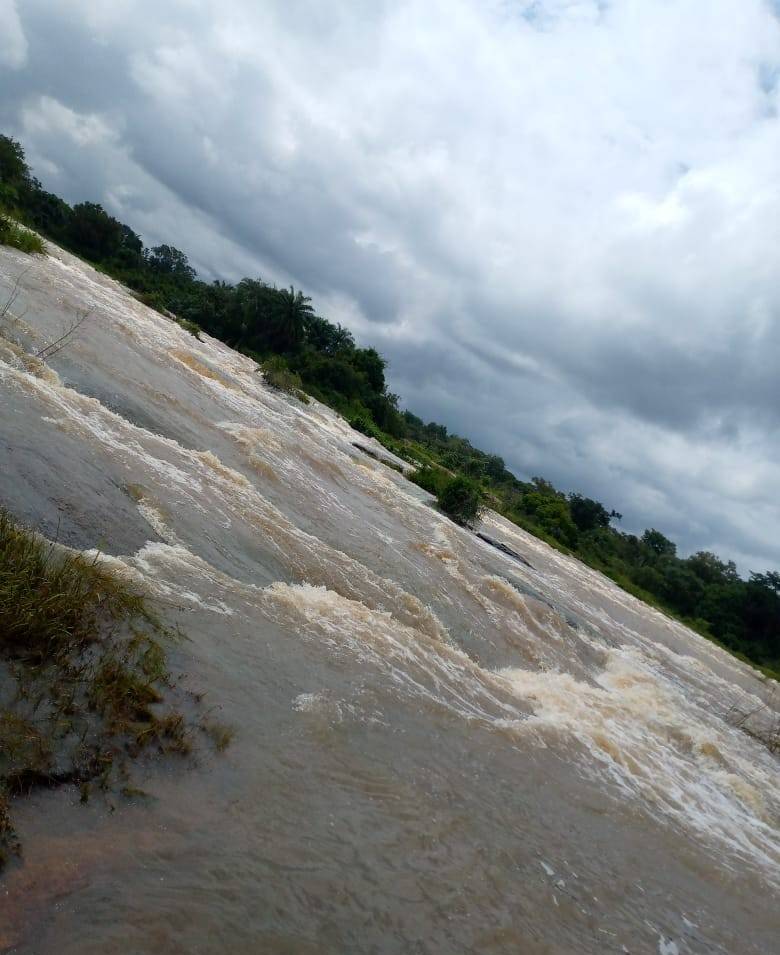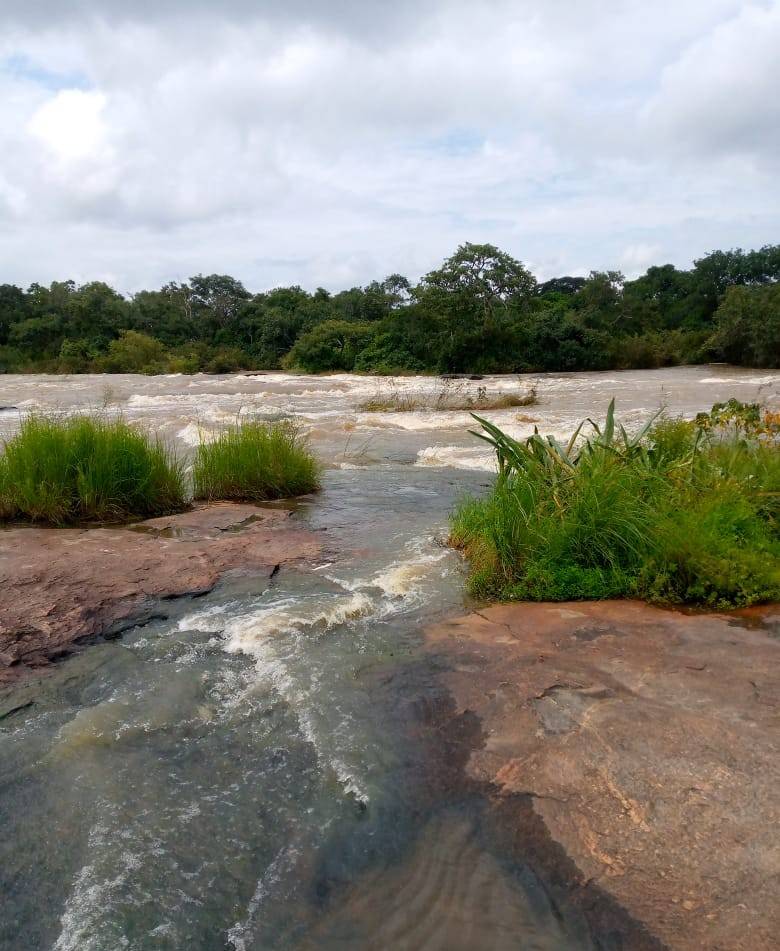




Old Oyo National Park
Naija Right Online@naijarightonline
1 year ago
Old Oyo National Park, named after the Old Oyo – the political capital of the Oyo Empire during the 16th to 18th centuries, covers an impressive 2,512 sq km (970 sq mi), with most of its expanse located in Oyo State, while some extends to Kwara State. The park was established by combining two native administrative forest reserves, namely the Upper Ogun (1936) and Oyo-Ile (1941) Forest Reserves, which were converted to game reserves in 1952 and later upgraded to the status of a National Park.
Situated approximately 51 km north of Ibadan city, the park boasts a diverse ecosystem and historical relics. The northern end of the park holds significant historical and archaeological attractions, including the remnants of the old city walls of Oyo-Ile, the great Agbaku cave with stone age evidence, the “Kosomonu” hill, the old Akesan Market, and Alaafin’s Palaces featuring crucibles of pottery from centuries ago.
The remainder of the park serves as a wildlife sanctuary covering extensive hectares of land, providing a habitat for various species such as elephants, buffaloes, antelopes, and baboons. Tourists can explore the wildlife museum at Akoto base camp, engage in lake cruising on Ikere Gorge Lake, and participate in activities like mountaineering and sport fishing.
The park encompasses a total land mass of 2,512 km2 and is strategically located in the southwestern part of Nigeria. Its latitude ranges from 8° 15’ to 9° 00’N, and longitude from 3° 35’ to 4° 42’E, offering abundant land area, diverse wildlife, and rich cultural and historical settings.
The administrative office, situated in Oyo Isokun along Oyo-Iseyin road, provides necessary information and booking services. The park's facilities include organized space within a large yard, making it appealing to the public.
The park features four types of vegetation, including dense woodland and forest outliers in the southeast, mixed open savanna woodland in the central part, outcrop vegetation in the northeast, and riparian grassland and fringing woodland along the forest plains and valleys along the Ogun River. Granite outcrops characterize the northeastern zone, while isolated hills and ridges with numerous rock outcrops are present in the central part.
The drainage system is noteworthy, with rivers Ogun, Owu, Owe, and their tributaries in the central and southern parts, and river Tessi draining the northeastern part of the park.
In terms of fauna, the southern part of the park is abundant with species such as lions, western kob, roan antelope, western hartebeest, Grimm’s duiker, oribi, crested porcupine, anubis baboon, patas monkey, tantalus monkey, and buffalo. Other species include red river hog, gaboon viper, spotted hyena, Nile crocodile, rock python, land tortoise, waterbuck, bushbuck, warthog, guinea fowl, hammer kop, African fish eagle, bush fowl, Senegal parrot, grey heron, grey hornbill, white-headed plover, and yellow mantled whydah.
The park is a haven for bird enthusiasts, with over 30 recorded species, including Guinea Fowl, Hammer Kops, White-headed Plover, African fish eagle, Yellow mantled Whydah, Bush fowl, Senegal Fire-finch, Grey Hornbill, Grey Heron, Bannerman’s Weaver, and Crossley’s Ground Thrush.
#neighbors #OldOyoNationalPark
Photo Source: Old Oyo National Park 📍Oyo State, Nigeria
